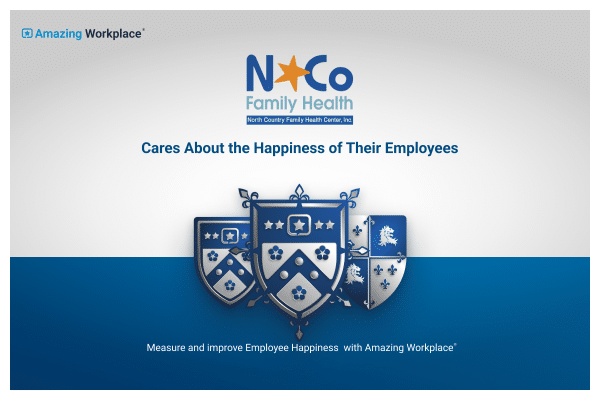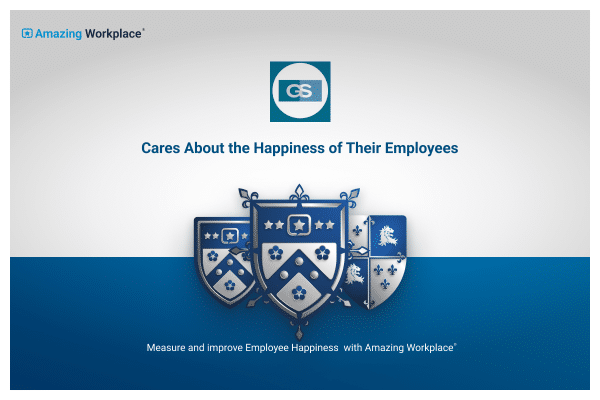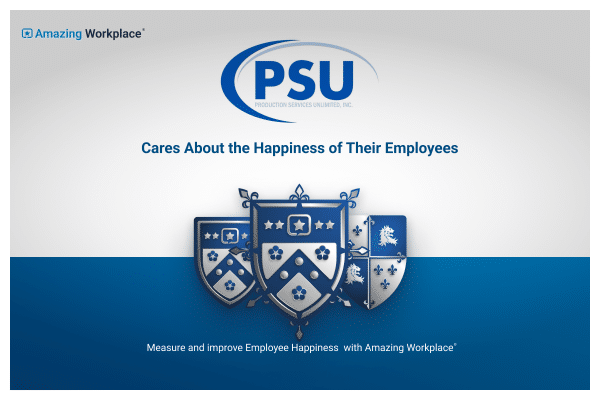Burnout Culture
Savvy employees are wary of workplaces that will leave them exhausted and looking for a new job

“Burnout” is a kind of job-related affliction that results in feeling exhausted and foggy, detached and cynical, and inefficient and struggling to keep pace. As many as 76% of employees report that they have experienced burnout. It’s now widely acknowledged that burnout is caused by conditions in the workplace—not by workers themselves or their conditions at home. That’s why employees (and job candidates) are growing more cautious that they don’t end up with burnout. People will quit or skip an opportunity rather than take the risk of falling into burnout.
Burnout is not the employee’s fault. It comes from an unhappy workplace. In particular, we see it in workplaces where work-life balance is very uneven, sense of purpose is lacking, and where employees are not receiving the right support from their leaders.
When a workplace has many of these challenges, you could say it has a “burnout culture.” A recent article in Harvard Business Review discussed what this looks like from the viewpoint of potential employees. They highlight a set of red flags that indicate a burnout culture:
- Lack of autonomy.
- Lack of fairness.
- Lack of reward.
- Lack of community support.
- Misaligned values.
It can be tough to take the hard look and see if any of these are true in our own workplaces. It takes courage and care to address these issues, and many companies have developed deep roots in the unsustainable practices that create burnout culture. It is also a tremendous opportunity to beat the competition, because if you rise above these challenges, you have a workplace that can attract and keep the best talent.
Here at Amazing Workplace, we have a happiness improvement process that is aimed at finding and resolving possible causes of burnout. Our Smart Survey platform collects feedback from employees across 12 different critical workplace areas. From there, we identify which of these areas needs attention, and our Magic Insights system assists leaders in quickly creating a plan of action to resolve unhappiness. The five red flags that the Harvard article mentioned are all among the dozens of areas that Magic Insights checks.
There are many actions that may be appropriate to resolve a budding burnout culture, but here are a few that we consider when setting our Happiness Improvement Plans:
- Build a culture of safety, trust, and professional respect.
- Stop micromanaging employee time-off or time away from the desk. Don’t try to police what how much time employees are spending on work. Track what they get done instead.
- Start checking in with employees one-on-one, once a week to hear their feelings and help with their goals. Just listen and help.
- Communicate to employees regularly to acknowledge their individual and team achievements.
- Support employees and hold leaders accountable for their success.
- Make it leaders’ job to help their team members succeed. When an employee is struggling, the first question should be “Why are they struggling?” The second question should be “What can their manager or leader do to help?”
- Dig into feedback to see what employees need. If they lack tools or training, get it to them. No excuses.
- Help employees help each other. Set aside times and spaces for employees to be together. Consider mentorship arrangements for new employees.
- Make work rewarding and give people clear expectations.
- Set pay and raises based on evidence-backed pay studies. Tell employees how you do it and show them how their pay compares.
- Improve benefits packages based on feedback. No two workplaces are alike in benefits needs. Even if you have great benefits, employee feedback can often guide the company to better-suited offerings. For example, you might find that employees would like access to flexible spending accounts that you don’t currently offer. Or you might discover covering expenses for train transportation is more popular than covering parking passes.
- Build a transparent leadership culture. Communicate weekly and monthly on what the workplace is doing to support employees, and what they can expect to see in the coming weeks, months, and years.
- Have a purpose-driven workplace.
- Develop a clear, real statement of the company’s purpose. At Amazing Workplace, our purpose is to “improve peoples lives everywhere.”
- Communicate and explain the company purpose early and often, from onboarding to regular communications.
- Tie the purpose in to everything to make it real. Starting a new initiative? Explain how it relates to the purpose. Recognizing an achievement? Say how it furthered the purpose.
Burnout is not normal, despite the cynical view that some folks have of life at work. If you build up these employee supports, you can have happy people and the best talent.
Amazing Workplace’s Smart Survey Platform gives workplaces a way build resilient, productive teams. You can start now with our Smart Survey!


